Norwegian forest cats are shaggy creatures that are relatively new to America (having arrived in 1979) but have a long, varied history in Europe. With their thick, water-repellent coats and sturdy build, these cats are perfectly adapted to survive the harsh Scandinavian winters. Plus, they make for both affectionate companions and excellent hunters.
Whether you're already a Wegie parent or are considering adopting one, you'll love these fun facts (along with cute photos!) of these mystical kitties.
- 01 of 07
Norwegian Forest Cats Have Interesting Origins
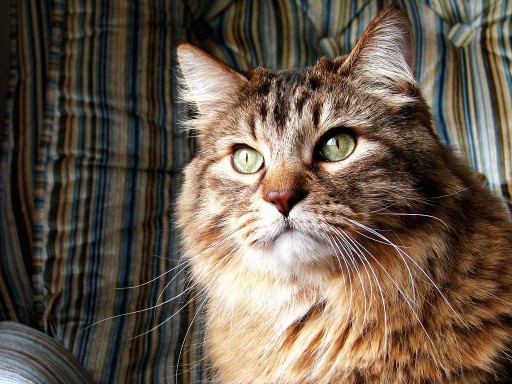
Bslow7 / Wikimedia Commons
Although the Norwegian forest cat makes frequent appearances in Norse legend, its origins are a bit of a mystery—and surprisingly war-like. Here are the two major origin theories in the books:
- Wegies could be related to British black and white short-haired cats that Vikings used as mousers on their ships and eventually brought to Scandinavia.
- They're descendants of long-haired cats that the Crusaders brought to Scandinavia.
Whether Norwegian forest cats descended from short-hairs or long-hairs, it's widely accepted that these early relatives lived in Norway's forests after arriving in Scandinavia. There, they bred with feral and farm cats. And after several generations of breeding, they became the large, winter-ready kitties we know (and cuddle) today.
Continue to 2 of 7 below02 of 07They're Legendary—Yes, Really
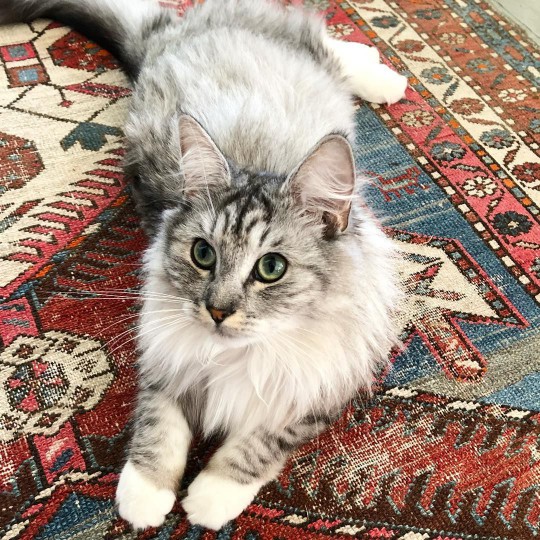
@sally_et_tesla / Instagram
As we said, Norwegian forest cats come up in Norse folklore often. Old myths describe the skogkatt, a massive, long-haired "mountain-dwelling fairy cat" that could climb surfaces no other cat could manage. Considering their size, long, shaggy coats, and amazing climbing abilities, these legends very well could have been inspired by Norwegian forest cats.
What's more? It's believed that the Norwegian goddess of love and fertility, Freya, had a chariot pulled by two Wegies. People who wanted to marry would ask Freya for her blessing, and because she was often depicted with Norwegian forest cats, several myths linking weddings with cats developed:
- Gifting newlyweds with a black cat would bring good luck to their marriage (that's good).
- If a bride fed a cat just before her wedding ceremony, she'd have a long, happy marriage (that's good).
- If you stepped on a cat's tail, you wouldn't marry for a whole year (that's bad).
Even though these are just superstitions, they do a lot to remedy the caricature of a sad, single cat lady, right?
Continue to 3 of 7 below03 of 07They Have Built-In Winter Wear
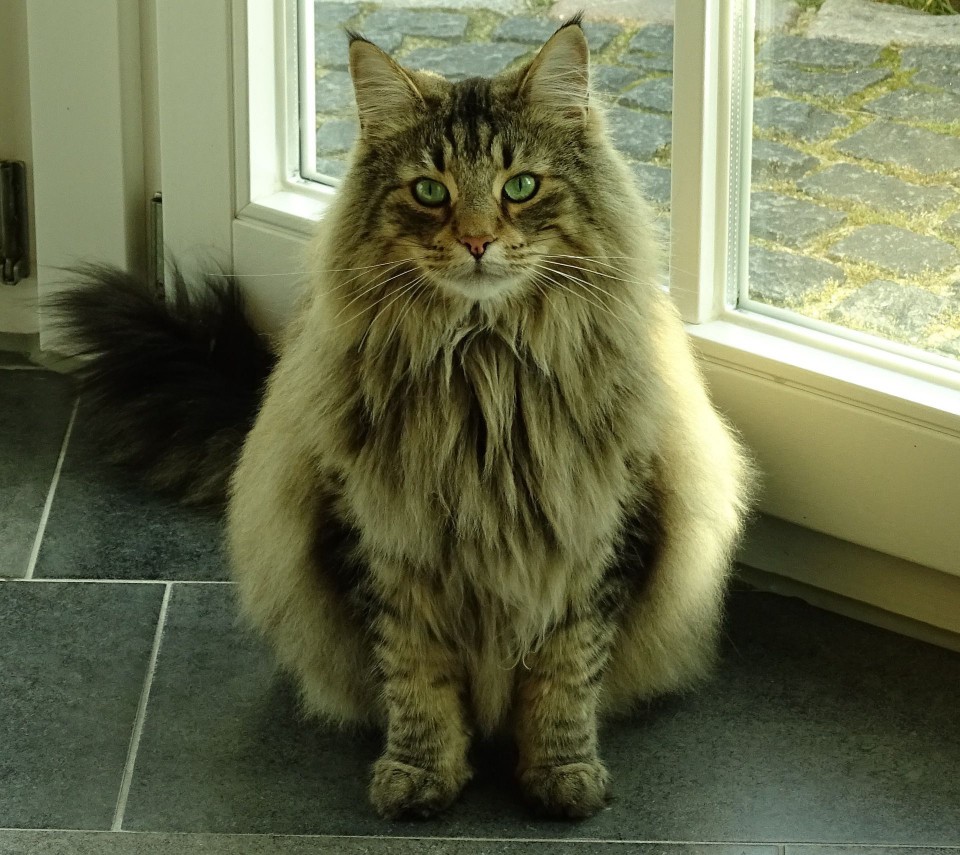
Chorengel / Pixabay
Because they originated in a cold climate with long winters, Norwegian forest cats developed built-in winter wear to help them survive the harsh weather. Not only do they have long, double-layered coats that retain warmth and repel water, but their ears and toes are tufted, too. These fluffy tufts protect the more sensitive parts of their bodies from cold winds and wet snow by acting like tiny, furry ear muffs and boots (aw!).
Continue to 4 of 7 below04 of 07They Love to Climb Trees

pklaschka / Pixabay
If "forest" is in their name, they should be pretty adept at living in the forest, right? Because their early ancestors lived in Norway's forests—and often hunted and lived in their trees—Norwegian forest cats have extremely strong, thick claws that allow them to dig into tree bark and easily scale trees. What's most impressive? Wegies are just as good as climbing down trees as they are climbing up.
Continue to 5 of 7 below05 of 07They're Norway's National Cat

pexels.com That makes sense, right? Norwegian forest cats were declared the national cat of Norway by King Olaf. Their legendary status in Norse folklore, thick, winter-ready coats, and interesting origin stories make them the ideal Viking kitty representative for the snowy Scandinavian country.
Continue to 6 of 7 below06 of 07They Almost Became Extinct
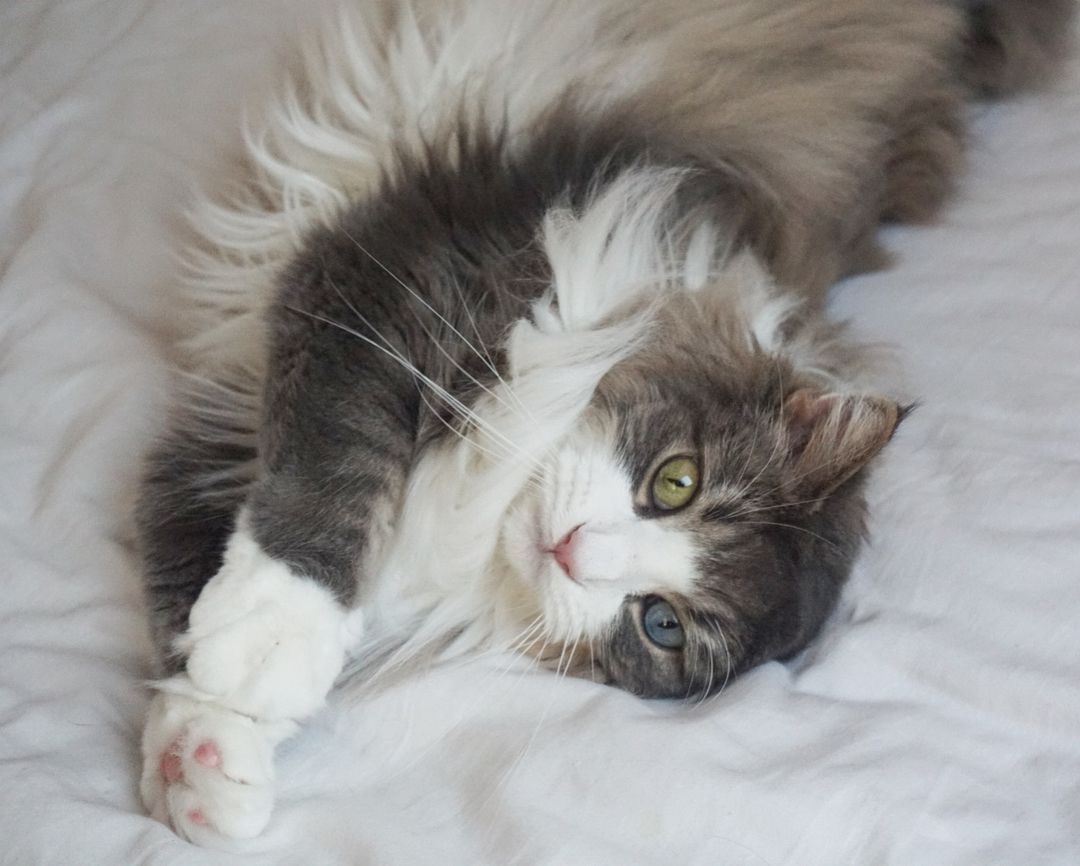
@pompapompapompa / Instagram
Back in the day, European sailors and farmers loved Norwegian forest cats for their excellent mousing skills, making them an extremely popular breed.
In the mid-1900s, however, interest in the breed waned, and cross-breeding nearly wiped out Wegies entirely. Fortunately, a preservation program was developed to save the breed and boost the number of Norwegian forest cats living across Europe. Then, in 1977, Norwegian forest cats were officially recognized as a breed by the Fédération Internationale Féline (Europe's equivalent to the Cat Fancier's Association).
Although Wegies have a long history in Europe, they didn't come to the United States until 1979. Nearly a decade later, in 1987, they were officially accepted by the Cat Fancier's Association and received "full championship status" from the organization in 1993.
Today, Norwegian forest cats are among the most popular breeds in the United States.
Continue to 7 of 7 below07 of 07They're Ancestors to Maine Coons
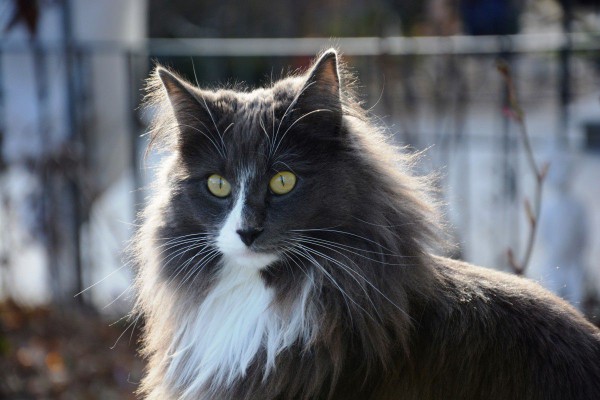
pxhere.com Nope, you're not imagining it. Norwegian forest cats and Maine coons share many similarities—especially their appearances. They're both very large, long-haired breeds, with thick, warm coats, and tufted ears and paws. So, it should come as no surprise that Wegies and Maine Coons are actually related! Genetic testing has determined that Maine Coons are descendants of Norwegian forest cats and a now-extinct American breed.
Although they look alike, there's one easy way to tell the two breeds apart: Norwegian forest cats have more narrow, triangle-shaped faces, while Maine Coons have wedge-shaped (or inverted triangle-shaped) faces.
Related Article
 litter-box-training-and-issues
litter-box-training-and-issuesWhy Is My Cat Sleeping in Their Litter Box?
Cats can sometimes be found napping in some of the strangest locations. What if your cat has taken
 cat-behavior-problems
cat-behavior-problemsPlay vs. Aggression Between Cats: What's the Difference?
If you have more than one cat living under your roof, you may be familiar with catfights. But how d
 cat-nutrition-and-food
cat-nutrition-and-foodCan Cats Have Milk? Why They Really Shouldnât Drink The Stuff
Can cats have milk? Although many people believe that milk is good for cats, the reality is that it
 cat-diseases-and-disorders
cat-diseases-and-disordersFeline Calicivirus (FCV) In Cats
Feline calicivirus (FCV) is a common virus that usually causes upper respiratory infections in cats
 hairless-cat-breeds
hairless-cat-breedsLykoi: Cat Breed Profile, Characteristics & Care
With a unique, partially hairless coat that lends a wolfish appearance, the lykoi looks like no oth
 short-haired-cat-breeds
short-haired-cat-breedsLaPerm: Cat Breed Profile, Characteristics, and Care
The LaPerm cat is a newer breed with a relatively short history. In fact, the first known LaPerm li
 short-haired-cat-breeds
short-haired-cat-breedsChartreux: Cat Breed Profile, Characteristics & Care
The Chartreux cat is a French feline whose pleasant demeanor has made it the unofficial cat of Fran
 short-haired-cat-breeds
short-haired-cat-breedsKorat: Cat Breed Profile, Characteristics & Care
The Korat, also known as the Si-Sawat, is a stunning cat breed that originated in Thailand over 900
About FleaFree Feline
We are a premier digital platform committed to delivering high-quality content to our readers. Our mission is to provide accurate, reliable, and engaging information that adds value to our audience's daily lives.
Our team consists of experienced content creators and subject matter experts who uphold the highest standards of professionalism. In an era of information overload, we curate content with care, ensuring our users receive only the most relevant and trustworthy information.
Beyond just reporting facts, we focus on depth and context. Through expert analysis, comprehensive research, and clear presentation, we help our audience gain meaningful insights and make informed decisions.
We take pride in being a trusted information source for our growing community of readers. Our user-first approach means we continuously adapt to provide content that meets our audience's evolving needs and interests.
Innovation and excellence drive everything we do. We're committed to improving our platform and services to deliver the best possible experience for our users.

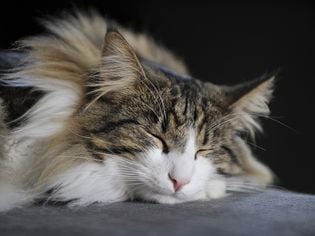
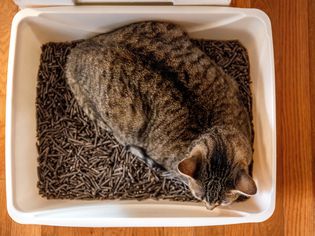
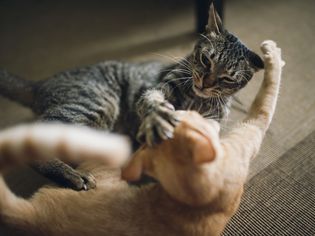
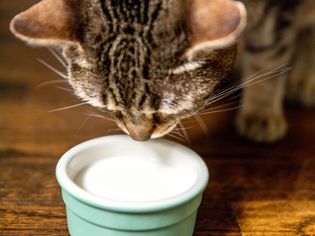
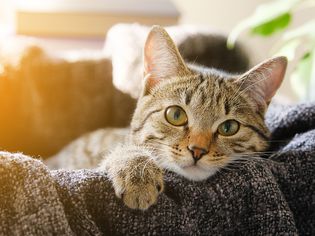
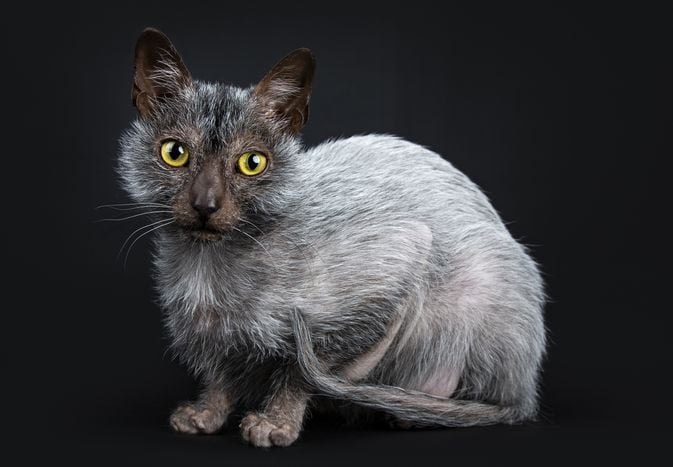
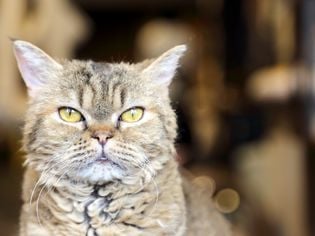
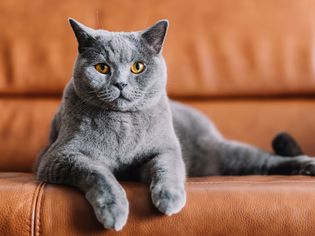
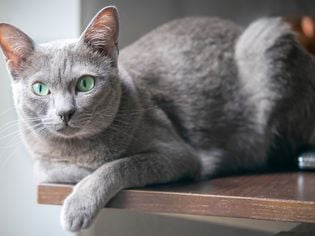
Comments on " 8 Cute Pictures of Norwegian Forest Cats" :